Premium Only Content
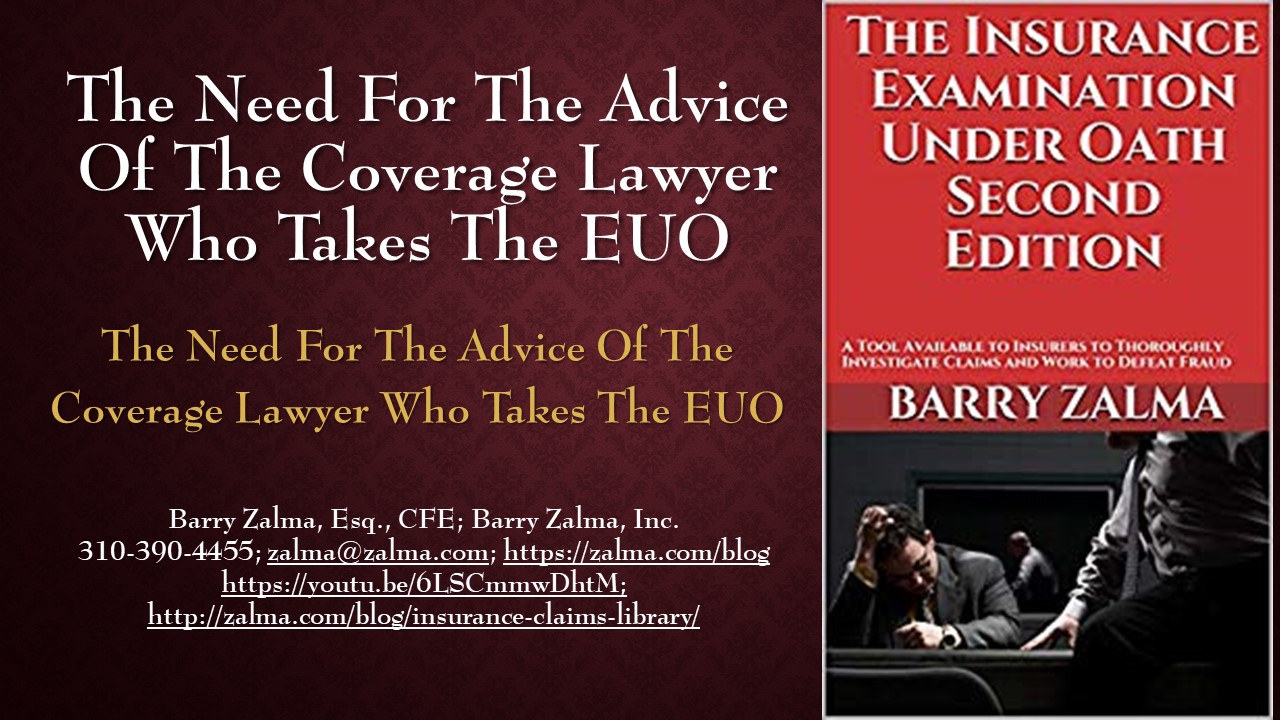
A Video Explaining The Role of the Insurer’s Attorney After Ending the EUO
The Need for the Advice of the Coverage Lawyer Who Takes the EUO
A well-executed EUO is not only one of the insurer’s most effective weapons against fraud. It can also be highly instructive for the adjuster. If an attorney is responsible for performing the examination, the adjuster must make clear that it is his or her obligation to provide sufficient factual information supported by legal authority for the insurer to make a decision on the claim.
The adjuster should also, if possible, attend the EUO to help the attorney and to study questioning techniques. Attorneys, whose job it is to ask questions, will usually do a more thorough job of EUO than will insurance claims staff.
After the EUO, the attorney will usually suggest additional investigation and can also give the adjuster legal advice as to the insurer’s rights, duties, and obligations.
Counsel’s report should include all the facts necessary to support any decision, whether learned in the course of the investigation or from testimony at the EUO. The adjuster must analyze the facts in relation to statutory and case law; only then will he or she be in a position to make a fully informed decision on the claim. More often than not, the examination will cause the insurer’s attorney to recommend payment of full indemnity to the insured.
If the attorney advises the insurer that indemnity should not be paid, the adjuster should carefully analyze the recommendations to independently verify that there are sufficient facts, supported by policy language and legal precedent, to support the conclusion. It is the claims person who makes the decision, not the attorney. Decisions made by insurers must sometimes be based on reasons other than the law.
Insurers should use the EUO tool judiciously. It should only be used in cases where the insured is unable to prove his or her loss, when the insured’s proof is inconsistent or incomplete, or when the insurer has a reasonable belief that a fraud is being attempted.
-
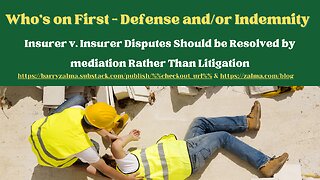 10:17
10:17
Barry Zalma, Inc. on Insurance Law
1 year agoWho's on First - Defense and/or Indemnity
191 -
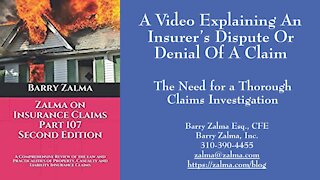 12:17
12:17
Barry Zalma, Inc. on Insurance Law
4 years agoA Video Explaining an Insurer’s Dispute or Denial of a Claim
78 -
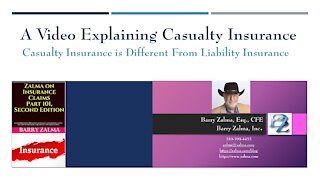 16:42
16:42
Barry Zalma, Inc. on Insurance Law
4 years agoA Video Explaining Casualty Insurance
78 -
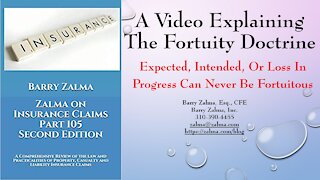 21:18
21:18
Barry Zalma, Inc. on Insurance Law
4 years agoA Video Explaining The Fortuity Doctrine
29 -
 16:33
16:33
Barry Zalma, Inc. on Insurance Law
4 years agoA Video Explaining the Unethical Insured
16 -
 16:17
16:17
Barry Zalma, Inc. on Insurance Law
4 years agoA Video Explaining the Concurrent Cause Doctrine
47 -
 15:24
15:24
Barry Zalma, Inc. on Insurance Law
4 years agoA Video Explaining the Claims Made CGL
57 -
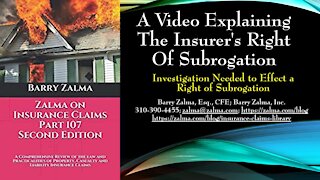 16:30
16:30
Barry Zalma, Inc. on Insurance Law
4 years agoA Video Explaining the Insurer's Right of Subrogation
33 -
 1:53
1:53
WMAR
5 years agoCity state's attorney responds to video
107 -
 17:29
17:29
Barry Zalma, Inc. on Insurance Law
4 years agoA Video Explaining the Nature of Insurance Underwriting
36